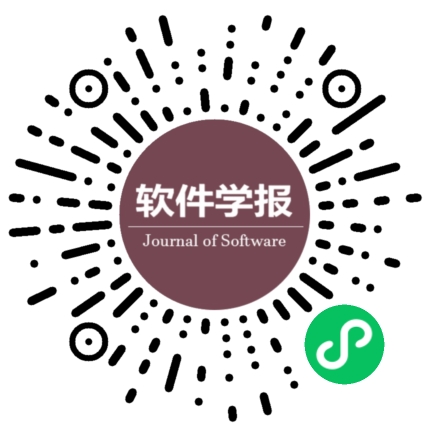国产区块链软件发展趋势与核心技术分析
作者:
作者单位:
作者简介:
通讯作者:
中图分类号:
TP311
基金项目:
国家重点研发计划 (2023YFB2703700); 国家自然科学基金重点项目(62332004, U21A20465); 四川省自然科学基金杰出青年科学基金 (2023NSFSC1963); 浙江省领军型创新团队(2023R01001)
Analysis of Development Trend and Core Technology of Chinese Blockchain Software
Author:
Affiliation:
Fund Project:
引用本文
何嘉昊,杨森,潘子玲,陈厅,沈剑.国产区块链软件发展趋势与核心技术分析.软件学报,,():1-37
复制相关视频
分享
文章指标
- 点击次数:
- 下载次数:
- HTML阅读次数:
历史
- 收稿日期:2024-10-22
- 最后修改日期:2025-03-18
- 录用日期:
- 在线发布日期: 2025-08-27
- 出版日期:
文章二维码

您是第位访问者
版权所有:中国科学院软件研究所 京ICP备05046678号-3
地址:北京市海淀区中关村南四街4号,邮政编码:100190
电话:010-62562563 传真:010-62562533 Email:jos@iscas.ac.cn
技术支持:北京勤云科技发展有限公司
版权所有:中国科学院软件研究所 京ICP备05046678号-3
地址:北京市海淀区中关村南四街4号,邮政编码:100190
电话:010-62562563 传真:010-62562533 Email:jos@iscas.ac.cn
技术支持:北京勤云科技发展有限公司



